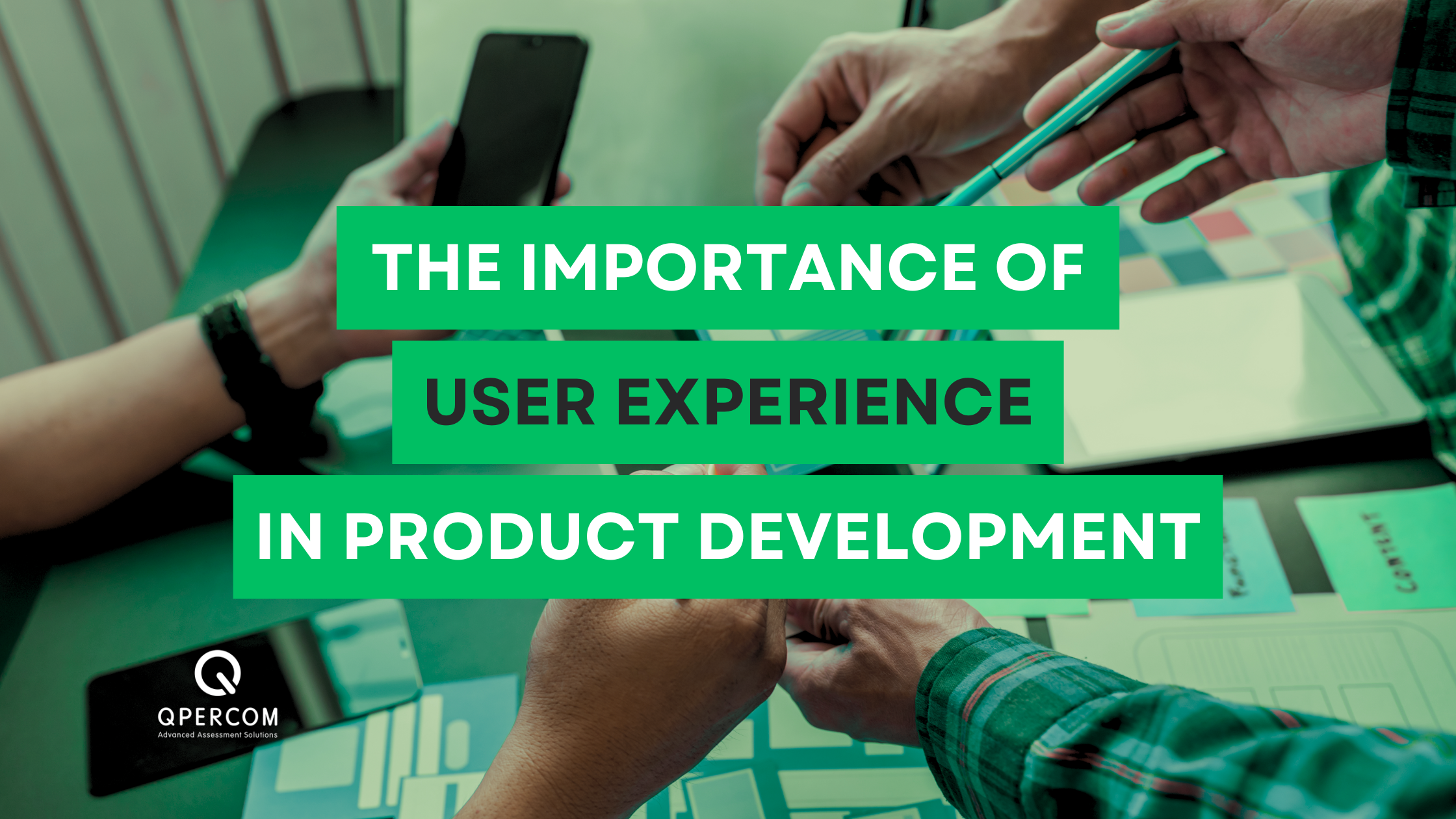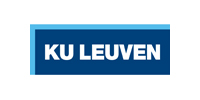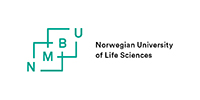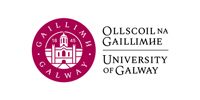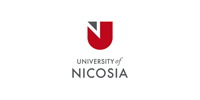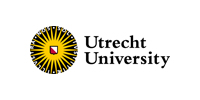The Importance of User Experience in Product Development
In developing new products, one of the most crucial yet often underestimated parts of the design process is gathering feedback from user groups. This aspect is frequently overlooked in various fields, yet it is essential for creating products that truly meet the needs and expectations of end users (1). The insights gained from real-world users can reveal how a product is actually used, often in ways that designers and developers may never have anticipated (2).
Why User Feedback Matters
User feedback is not just a checkbox in the development process; it is a treasure trove of insights that can guide product enhancements and drive innovation. By engaging with users throughout the design and development phases, companies can identify pain points, usability issues, and areas of improvement that may not be apparent from internal testing alone. For instance, user feedback can highlight how users interact with the product, which features are most valuable to them, and what changes could make the product more intuitive and user-friendly (3).
Qpercom’s Approach to User-Centric Design
Qpercom, an advanced assessment platform, is a prime example of how user experience can be prioritised in product development. The platform was intentionally designed to be open and flexible, allowing it to integrate seamlessly with existing workflows. This approach minimises disruption for teams, particularly those already dealing with the challenges of adopting new technology. By not forcing users through a predefined workflow, Qpercom gives users the freedom to adapt the platform to their specific needs.
What is particularly insightful about Qpercom’s journey is the realisation that users often utilise the system in ways that the original designers had never envisioned. This is a testament to the importance of user feedback; it reveals how diverse user needs can be and how products can evolve to meet those needs. For example, end users provided valuable feedback on which pieces of information were most crucial to them and suggested alternative ways to structure this information. These insights have been pivotal in shaping the platform’s ongoing development and refinement (4).
The Value of Continuous Feedback Loops
The process of gathering and integrating user feedback should not be a one-time effort but an ongoing conversation (5). Establishing continuous feedback loops allows product teams to stay aligned with user needs and adapt to changing requirements over time (6). This iterative process ensures that the product remains relevant and continues to deliver value, even as user expectations and industry standards evolve.
Moreover, involving users early and often in the design process fosters a sense of ownership and loyalty among the user base. When users feel that their input is valued and reflected in the product, they are more likely to remain engaged and advocate for the product within their networks.
Conclusion
In conclusion, user experience is not just a component of product development; it is the foundation upon which successful products are built. By prioritising user feedback, companies can create flexible, user-centric solutions that not only meet but exceed user expectations. In an increasingly competitive market, those who listen to their users and continuously refine their products based on real-world insights are the ones who will thrive.

